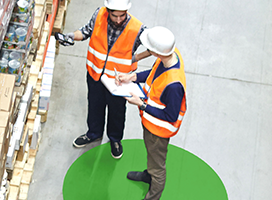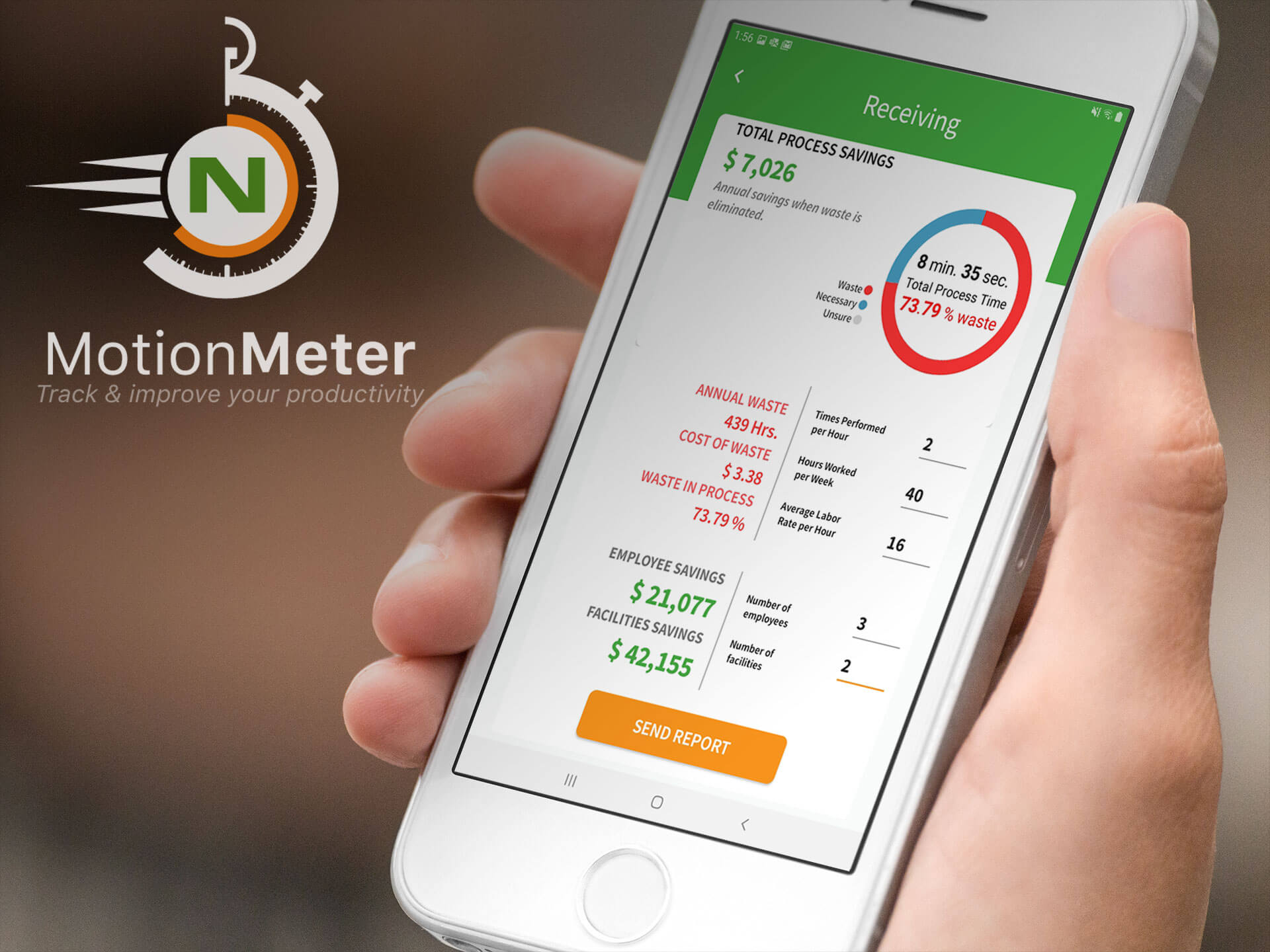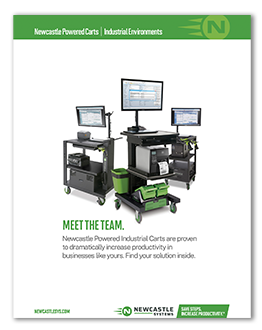
Warehouses have become dynamic and interesting places in recent years. While there have been many local and global challenges facing supply chains and logistics providers, the solutions available keep expanding. As eCommerce continues to grow, there is increased demand for faster delivery times and pressure from stakeholders to do more with less. Here is how warehouses are adapting using solutions like robotics and AI to build the warehouse of the future.
The Evolution of Warehouse Management
Warehouse management is the process of efficiently handling the storage of goods and order fulfillment within a warehouse. It involves various operations, such as inventory ordering and tracking, picking and packing, storage optimization, and demand forecasting, all aimed at ensuring smooth daily operations and improving supply chain efficiency.
Warehouse management has evolved from one that was once dominated by manual processes to a system and industry driven by technology. Complex supply chains and globalization have prompted a shift toward advanced solutions, such as robotics, automation, and the use of artificial intelligence (AI).
Challenges Facing Modern Warehouses
The products storage and order fulfillment industry has been riddled with obstacles over the past five years. Some of the common challenges modern warehouses face include:
1. Navigating Supply Chain Bottlenecks
Frequent and unexpected supply chain disruptions can delay essential operations and disrupt order fulfillment schedules.
2. Managing Costs Without Reducing Quality
Many businesses are facing rising pressure to reduce costs. However, cutting corners can lead to unintended consequences, like a poor customer experience.
3. Enhancing Warehouse Safety and Efficiency
With the rise of eCommerce, there are more demands than ever on warehouses and workers. Modern warehouses must create systems that are not only efficient but also safe for human workers.
The Warehouse of the Future
 Even with a much more resilient supply chain today than just a few years ago, it’s vital that warehouses continue to address challenges and innovate for the future to remain efficient and competitive. While there is no one-size-fits-all approach to warehouse management, combining a few different strategies can enable businesses in this industry to remain successful.
Even with a much more resilient supply chain today than just a few years ago, it’s vital that warehouses continue to address challenges and innovate for the future to remain efficient and competitive. While there is no one-size-fits-all approach to warehouse management, combining a few different strategies can enable businesses in this industry to remain successful.
Because an inefficient warehouse negatively impacts the customer experience, it will also affect bottom-line results. By embracing technology to improve warehouse operations, businesses can achieve many benefits, such as improved customer service, better resource utilization, reduced operational and labor costs, fewer errors, and increased productivity.
How Warehouses Are Embracing Robotics and AI
Warehouses have always been essential elements in the supply chain. However, until a few years ago, these storage facilities often operated in the background and were considered an afterthought. That has changed dramatically, with warehouses now being recognized as a core contributor to overall results.
The warehouse industry has also become a core focus for innovation because it is where businesses can achieve substantial gains in efficiency and productivity. More specifically, the warehouses of the future will continue to embrace cutting-edge advancements in robotics and AI in several key areas.
Warehousing and Robotics
One type of technology that warehouses are universally embracing is robotics, where automated systems take over various tasks normally performed by human workers. Some examples of robotics you can find in warehouses today, and those in the future include:
- Automated Storage and Retrieval Systems (AS/RS) — AS/AR systems use robotics, such as shuttles or cranes, to move products between storage or picking locations, minimizing the need for manual labor.
- Autonomous Mobile Robots — These independent robotic systems use sensors and AI to collect and analyze a wide range of variables, enabling them to transport goods without the use of set rails or pathways. For example, the robots can maneuver around obstacles and modify their routes in real-time to account for things like schedule changes.

- Robotic Picking Systems — Using robotics for picking has become a game-changer in warehousing and logistics. These systems use advanced vision technology and AI to identify, grab, and sort products with precision, allowing warehouses to reduce errors and replace many costly and space-hogging mechanical systems.
- Collaborative Robots — Collaborative robots are designed to work alongside human employees in the warehouse. They augment human capabilities with extra strength and precision, helping increase safety and efficiency across various tasks like inventory storage, picking, and packing.
Leveraging AI in Warehouses
The proliferation of AI in warehouse management has allowed businesses to address ongoing challenges. Among the benefits of AI use in warehouses are increased productivity, improved visibility, and lower costs. Some of the ways warehouses are using AI include:
 Warehouse Optimization — After labor, space is one of the primary costs associated with warehousing. AI can help businesses optimize warehouse layouts to optimize storage space and workflow.
Warehouse Optimization — After labor, space is one of the primary costs associated with warehousing. AI can help businesses optimize warehouse layouts to optimize storage space and workflow. - Demand Forecasting — Through the combination of AI, cloud applications, and data analytics, warehouses can achieve intelligent demand forecasting. These AI-supported forecasts will help reduce stockouts and overstocking situations as well as make your business more prepared for peak season.
- Predictive Maintenance — Predictive maintenance uses AI to monitor machinery and automation systems so it can identify issues before they become problems that lead to costly breakdowns or bottlenecks.
- Order Fulfillment — AI will be an invaluable tool to improve order accuracy and reduce the time it takes to fulfill orders. AI-powered systems will prevent mistakes like mislabeled packages and even boost fulfillment times by learning customer ordering patterns or offering insight about which inventory items should be stored closer together.
In an era defined by rapid technological advances, the warehouse of the future will be a demonstration of innovation in the supply chain and logistics industry. Implementing robotics and AI solutions for inventory management and order fulfillment will transform the way goods are ordered, stored, managed, packed, and shipped. These strategies will enable warehouses to increase accuracy, efficiency, and flexibility while also delivering a better overall customer experience.












